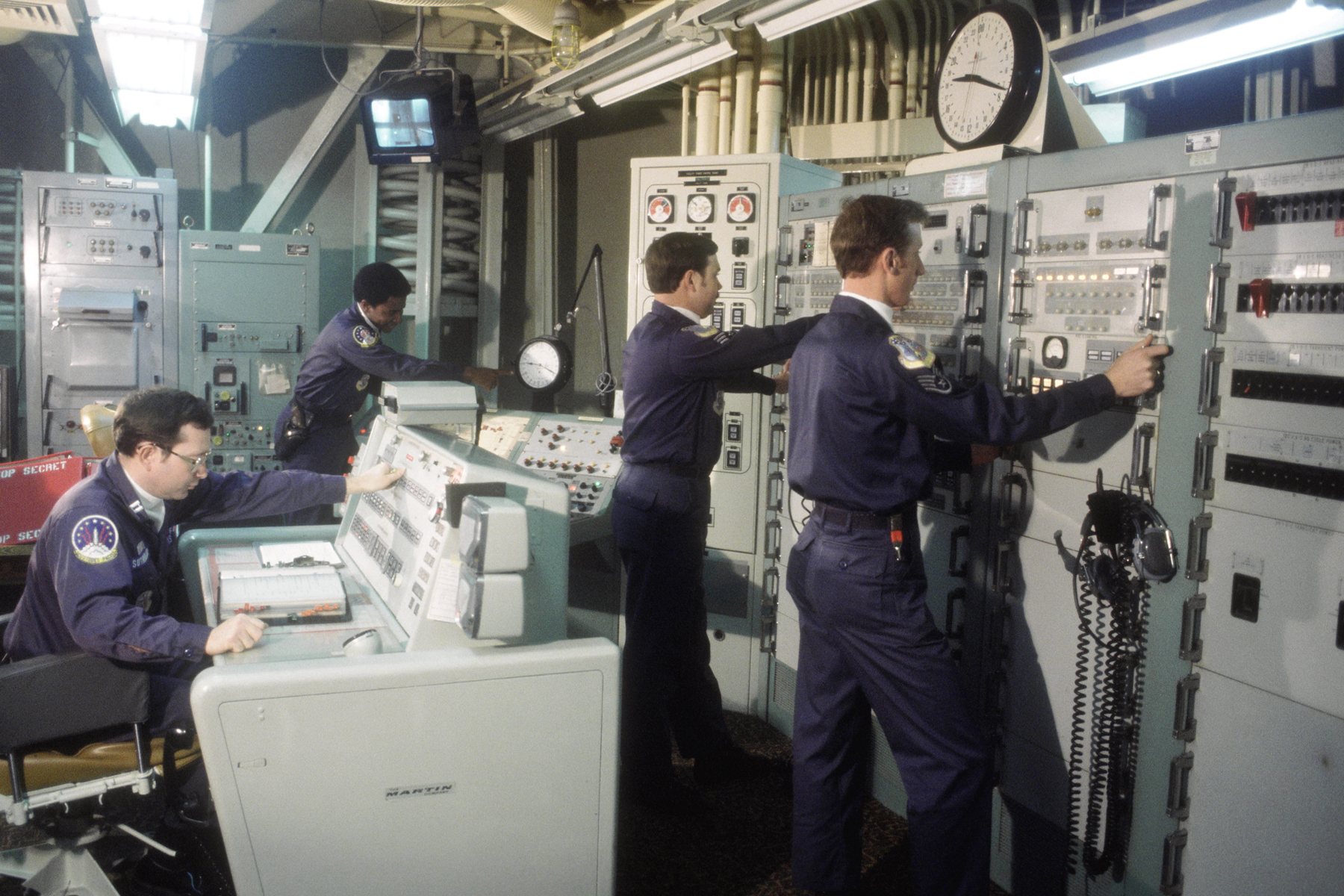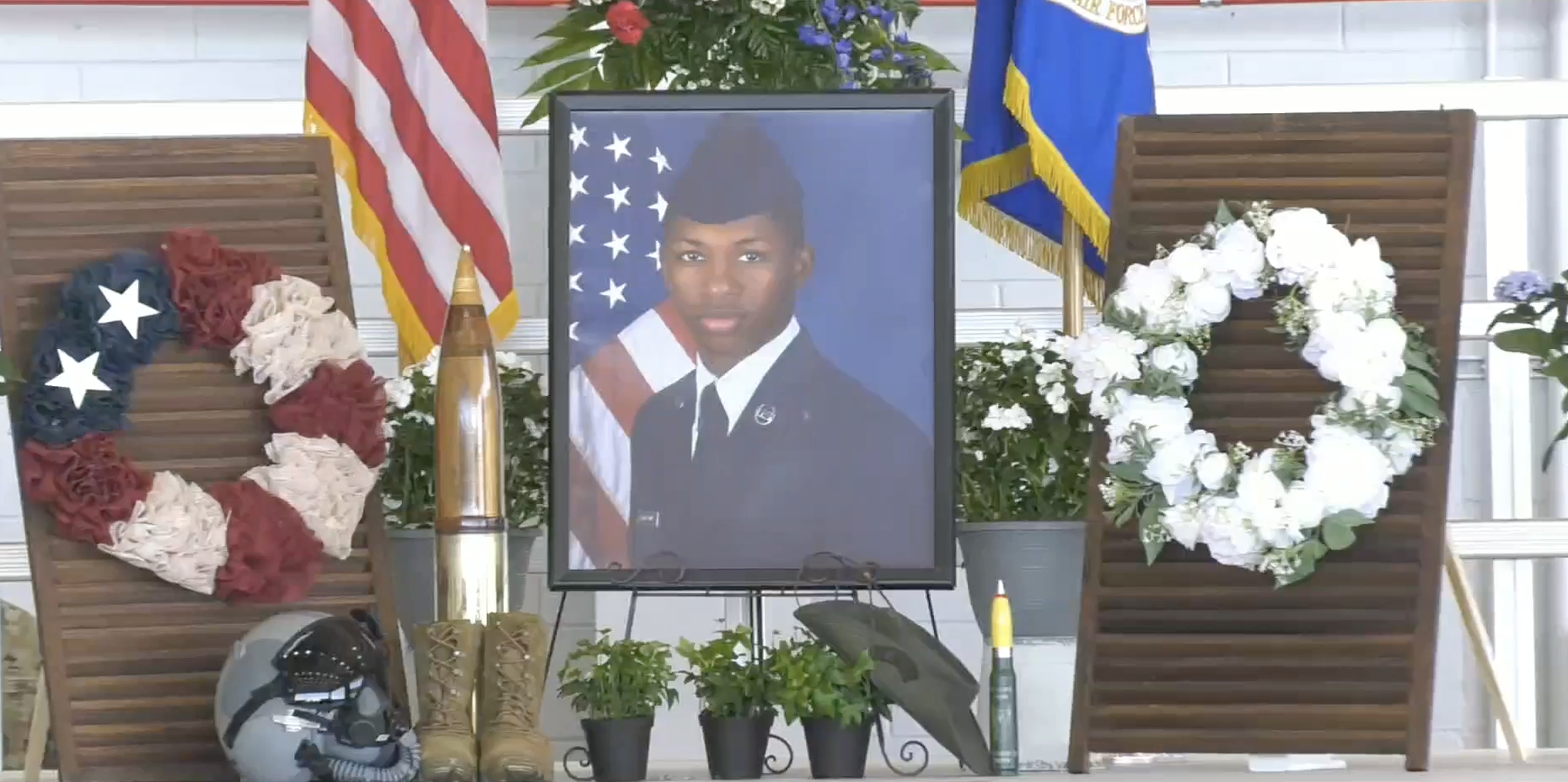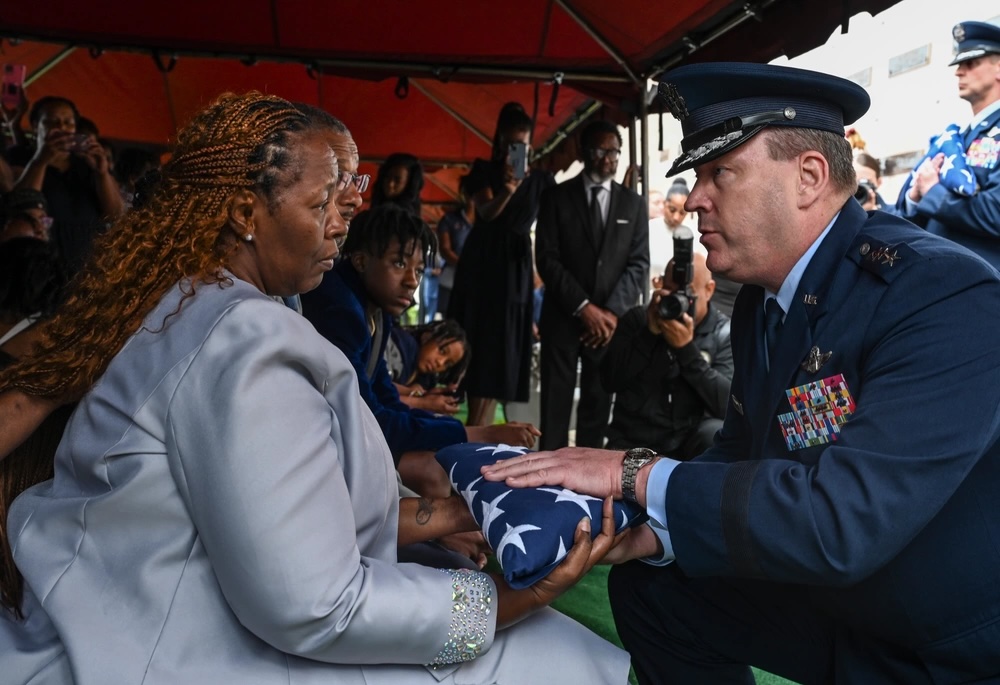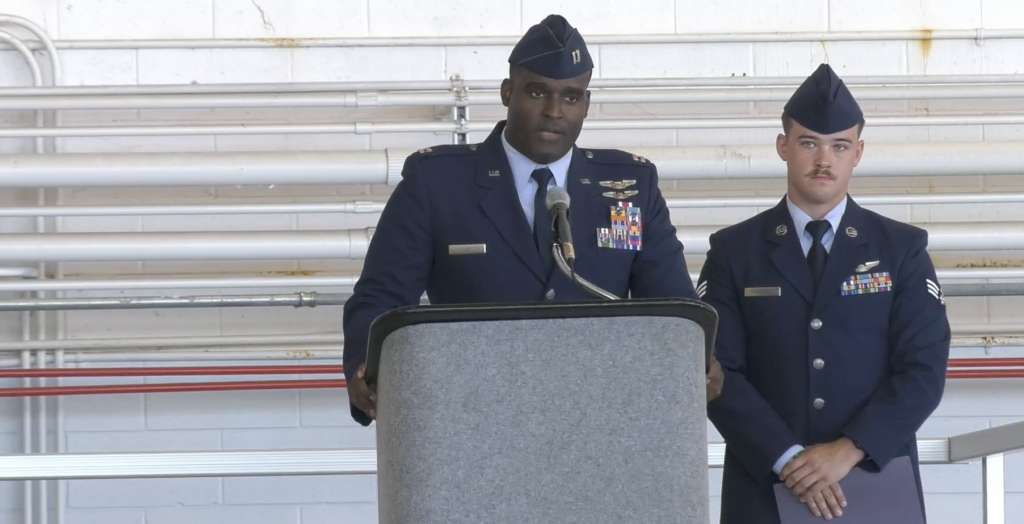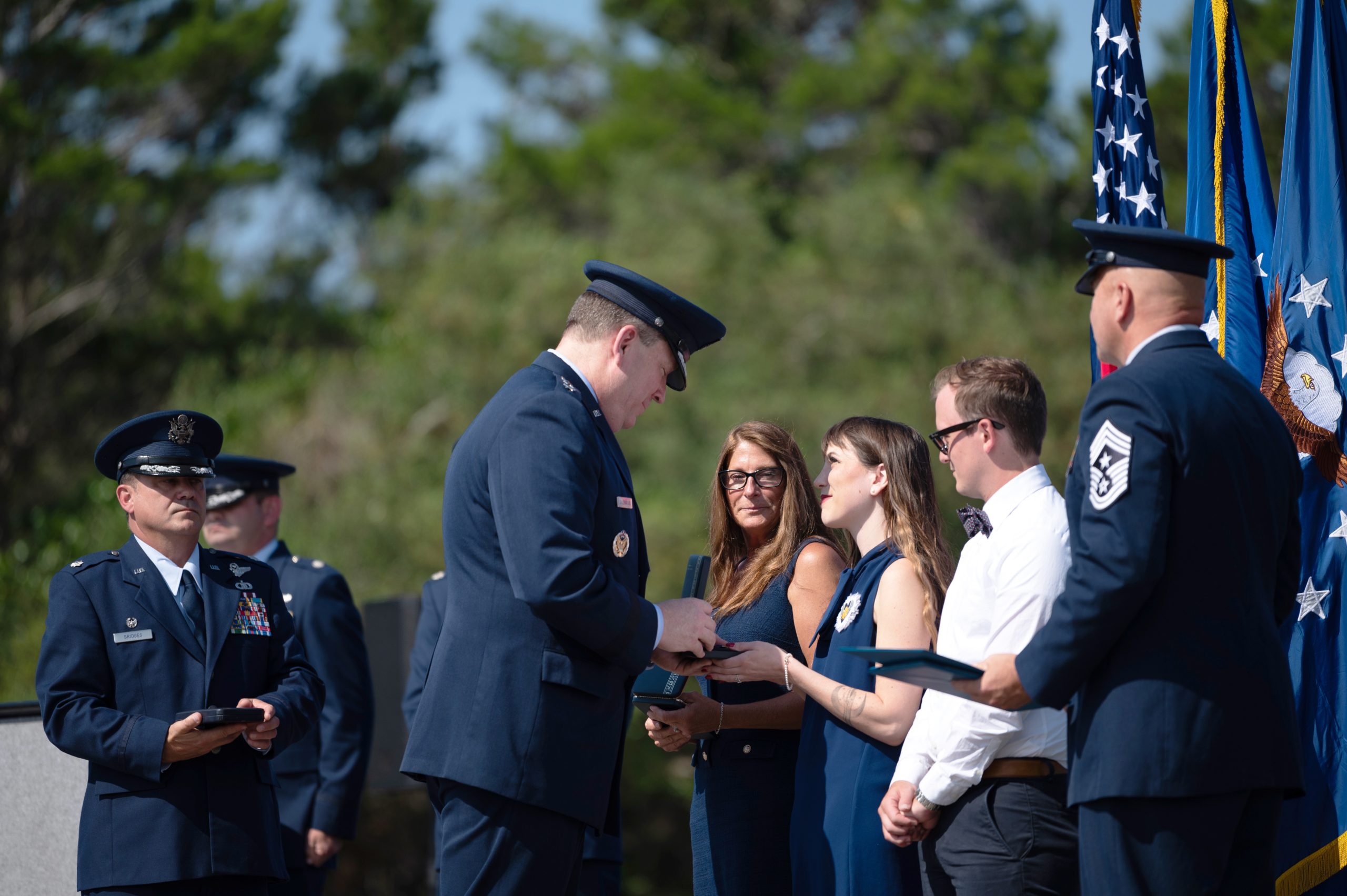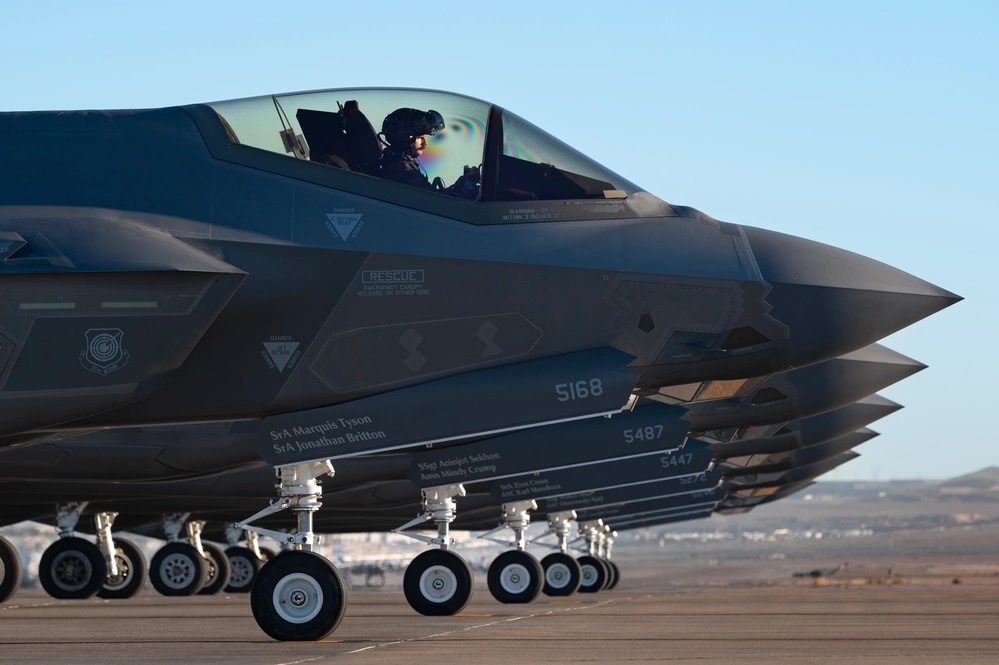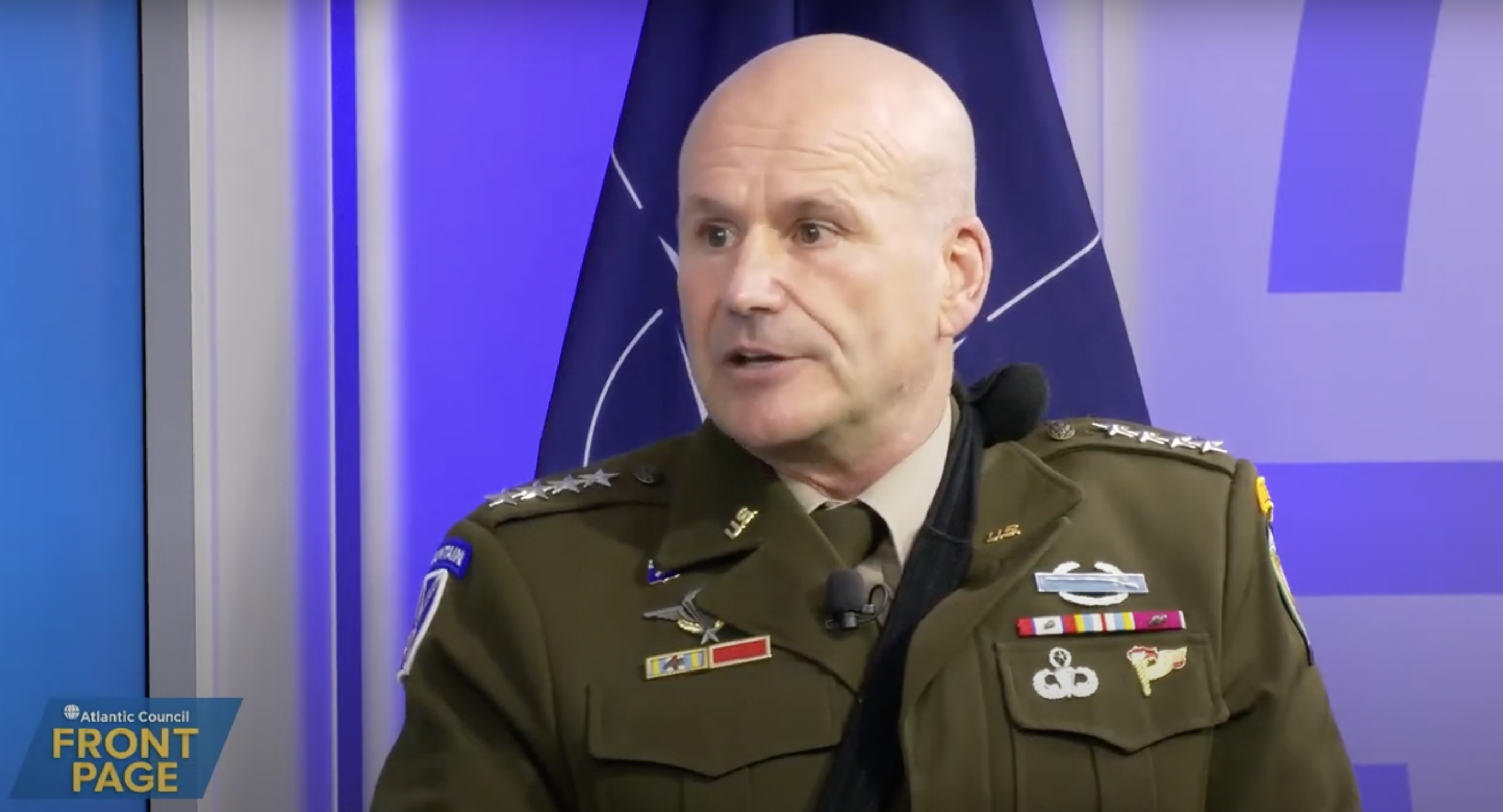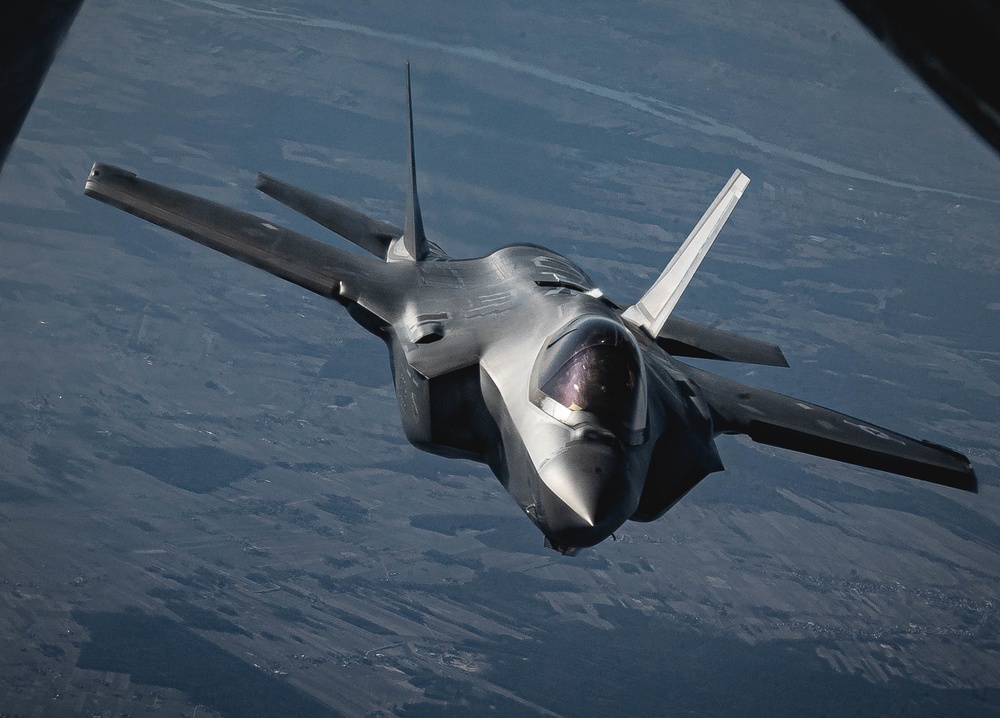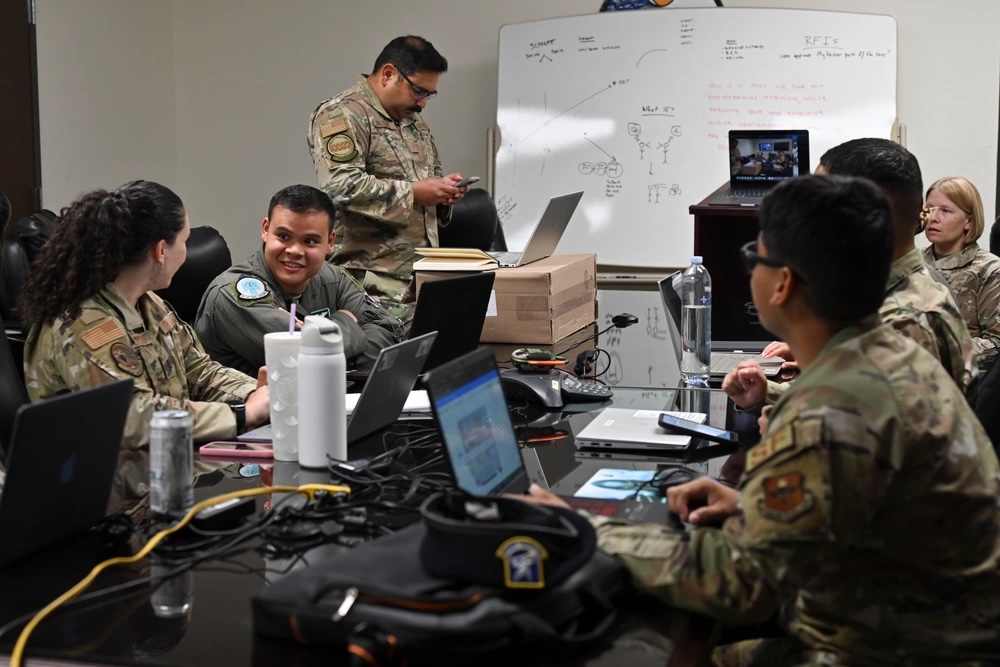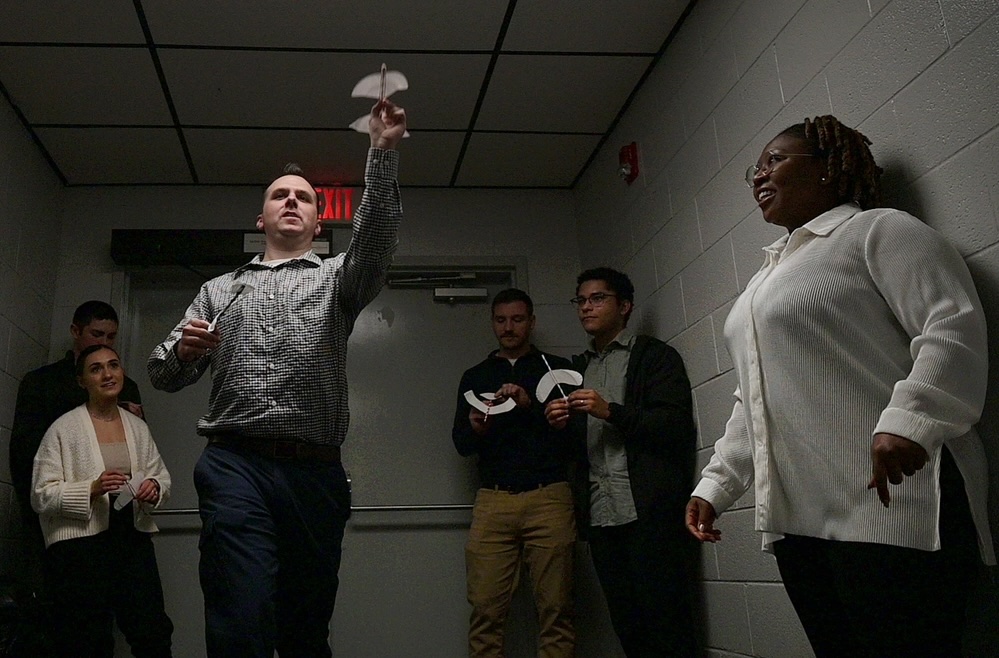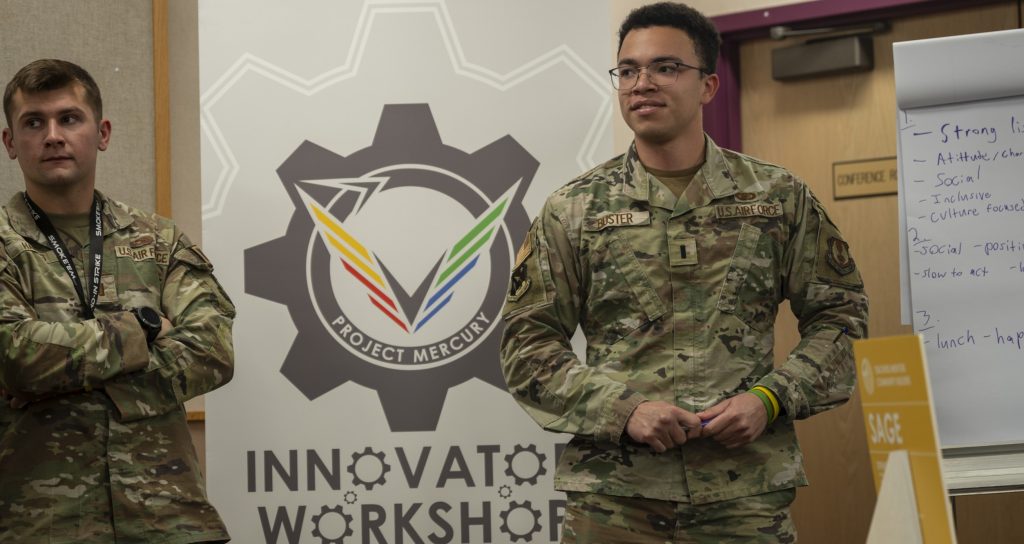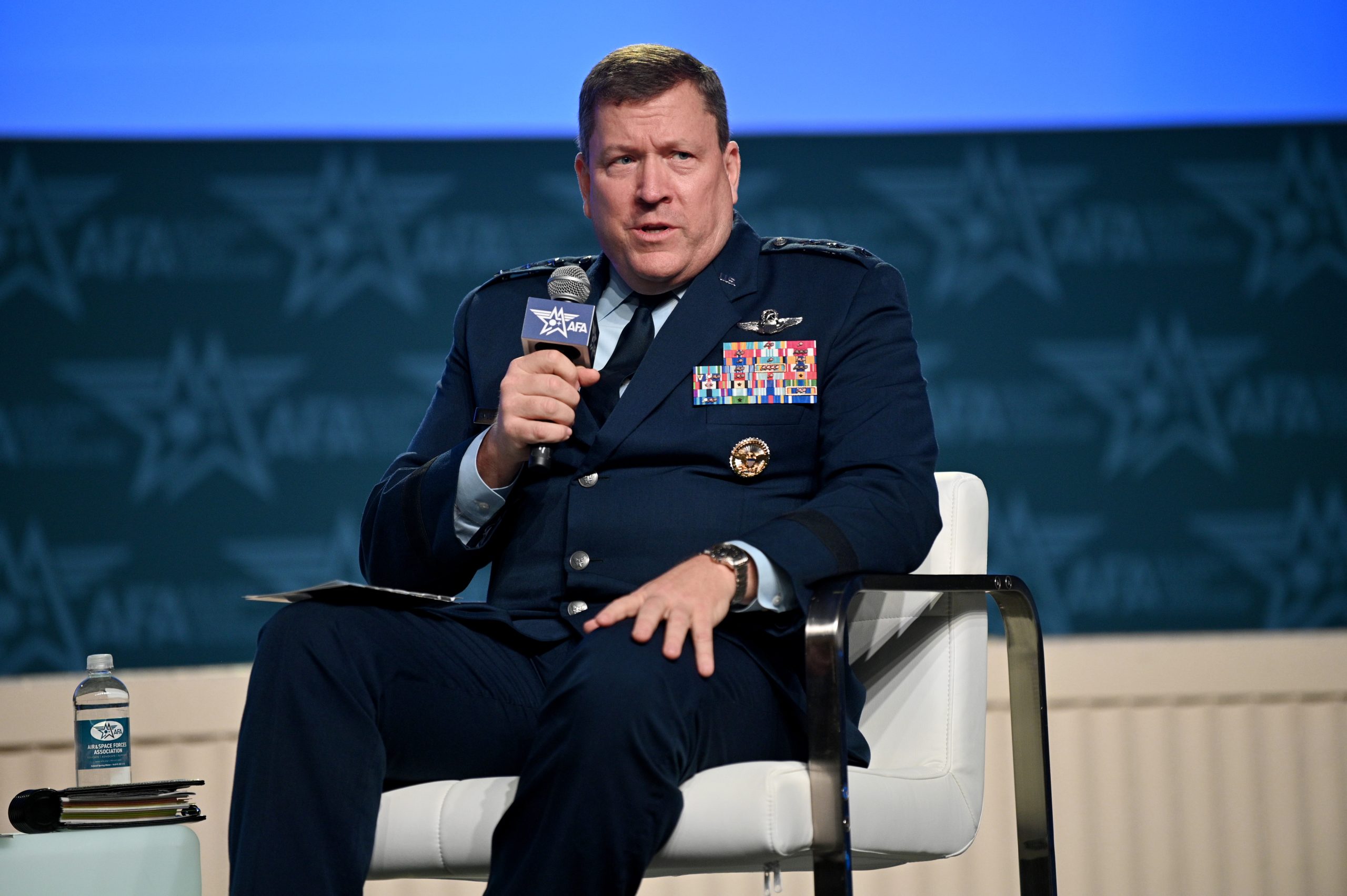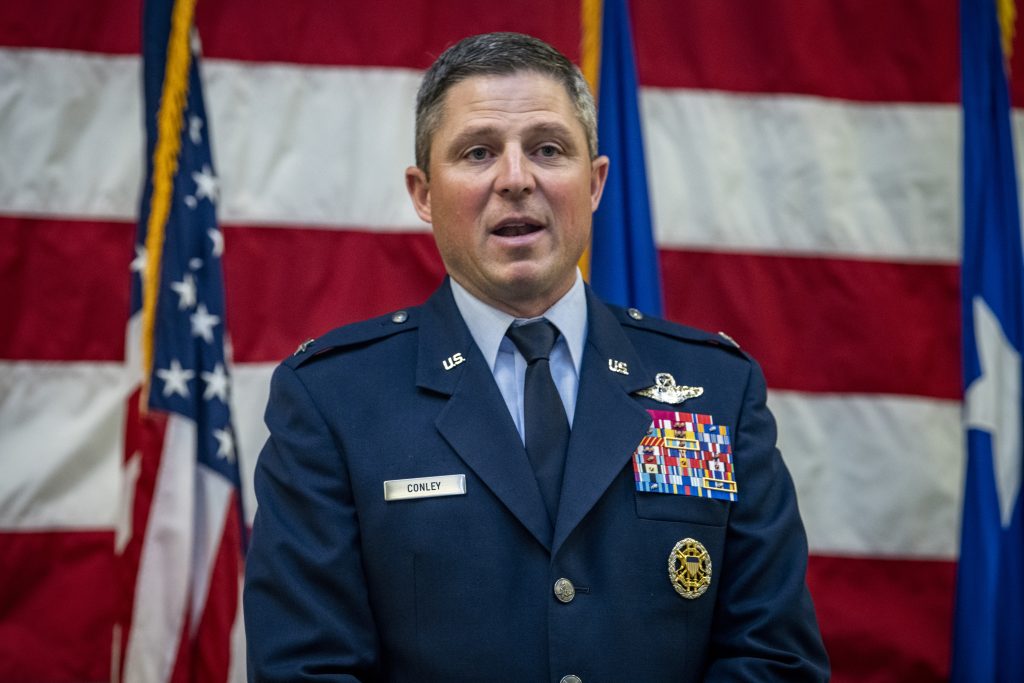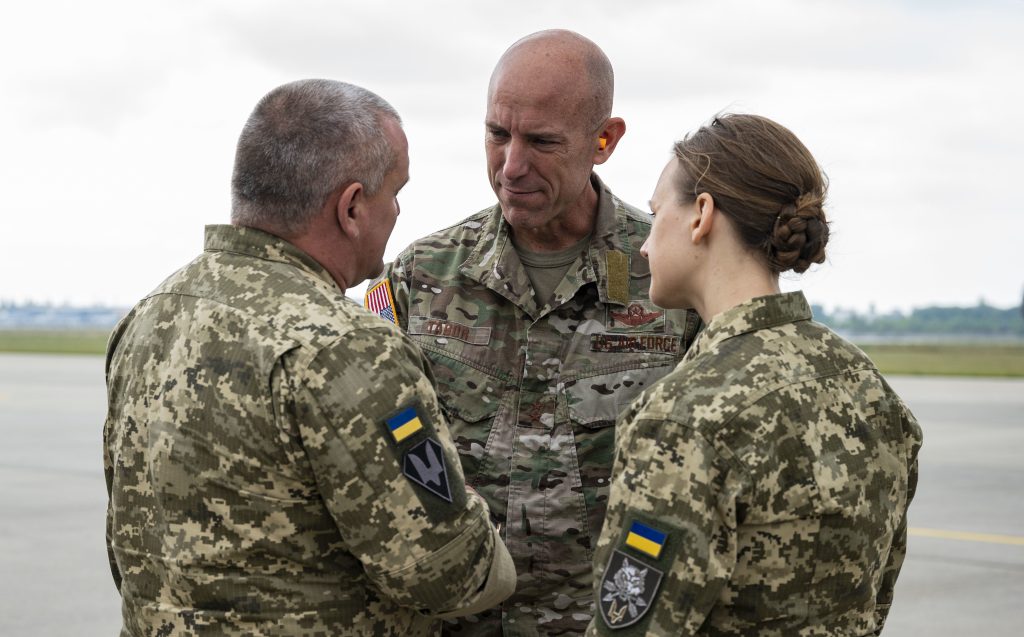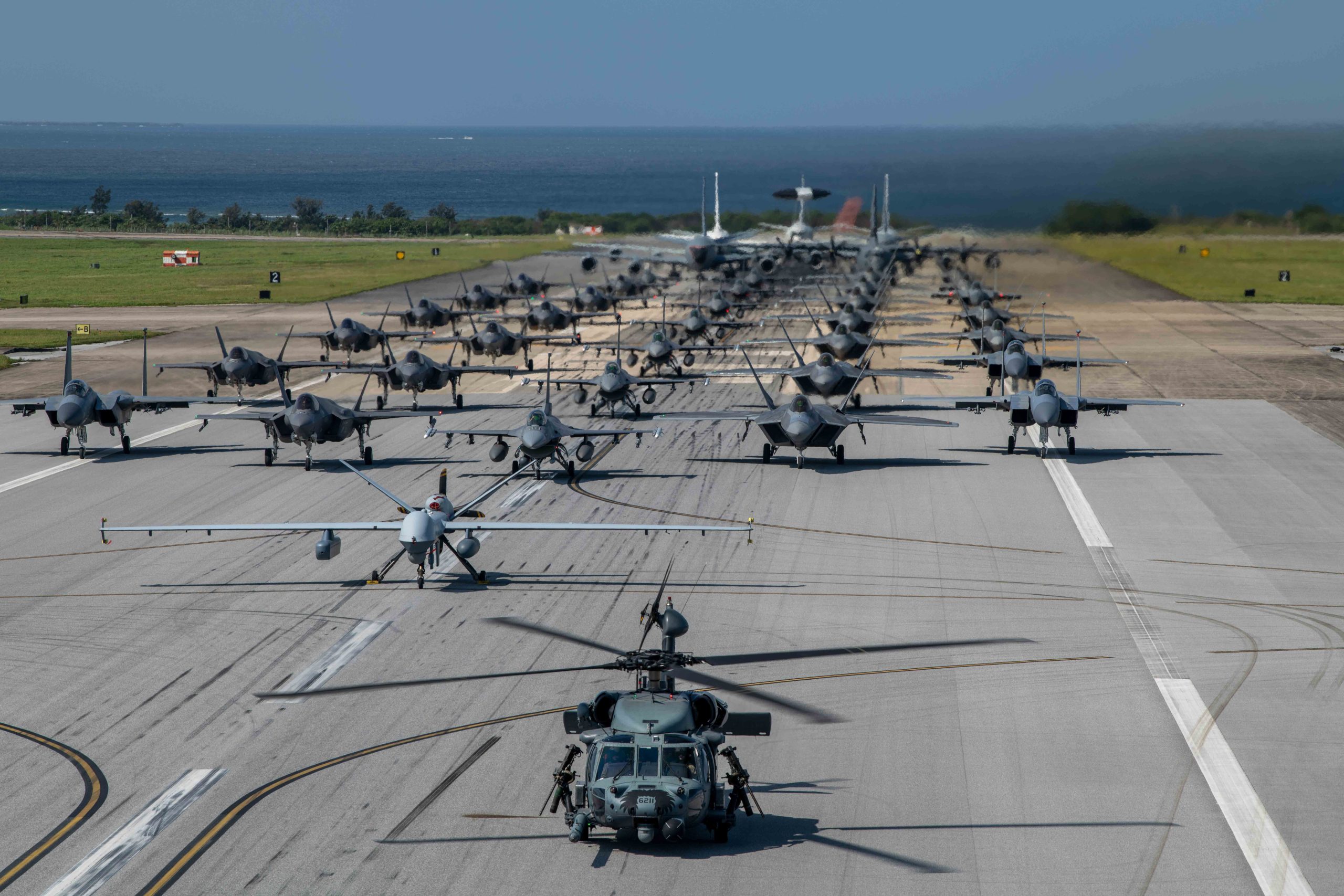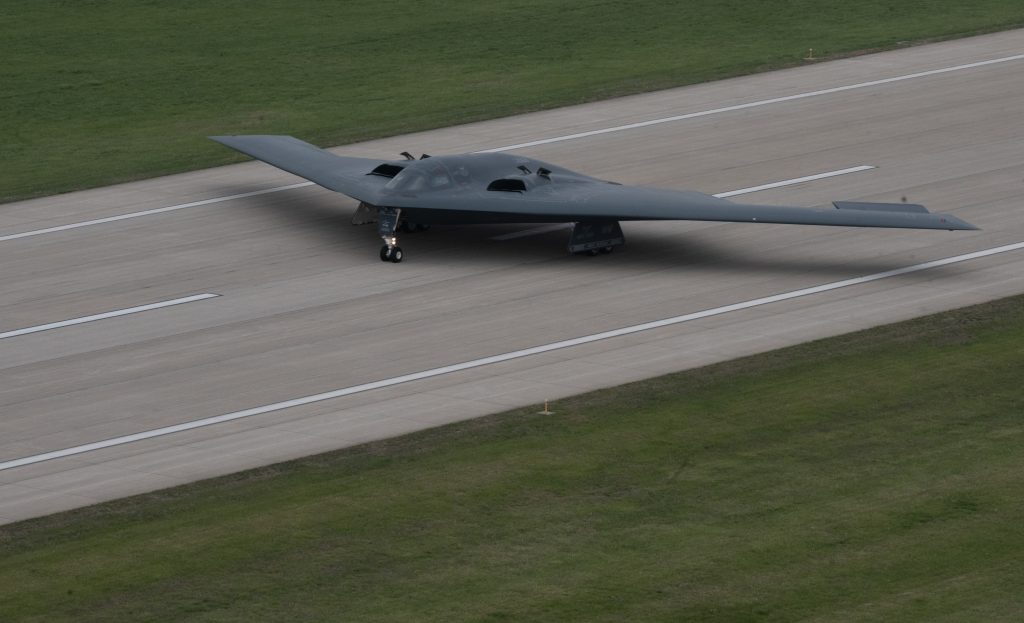Certain harmful chemicals were likely present at intercontinental ballistic missile bases that have since been decommissioned, Air Force Global Strike Command said in a memorandum published May 20.
The Air Force has found evidence of polychlorinated biphenyls (PCBs)—which are possible carcinogens—at active Minuteman III ICBM bases as part of its ongoing Missile Community Cancer Study, which is looking into the health of personnel who worked around the nation’s land-based nuclear missiles. In particular, samples from the Missile Alert Facilities (MAFs) at Malmstrom Air Force Base, Mont., and Minot Air Force Base, N.D., produced PCB samples at levels above federal standards, requiring cleanups of those parts of those facilities.
PCBs were commonly used in electronics until they were banned in the U.S. in the late 1970s. As a result, older, decommissioned sites likely had PCBs present that the Air Force will not be able to document directly, meaning service members who served around Titan and Peacekeeper missiles, as well as Minutemen, may have been exposed.
The new memo from the commander of AFGSC Gen. Thomas A. Bussiere, “acknowledges that PCBs are likely present in decommissioned Titan and Peacekeeper missile facilities that the Air Force no longer has the ability to conduct sampling in,” the command said in a news release.
“The memorandum is intended for service members who served in the missile fields and need to document their potential exposure to PCBs for discussions with healthcare providers or Veterans Affairs,” the release added.
Environmental sampling from the study, which Bussiere ordered early last year, has only covered the three current ICBM bases—Malmstrom, Minot, and F.E. Warren Air Force Base, Wyo.—and Vandenberg Space Force Base, Calif., which hosts ICBM test launches. Officials have not studied decommissioned facilities that, for the most part, no longer exist. But AFGSC says the preponderance of evidence indicated PCBs were likely present in disused facilities.
“This environmental sampling effort identified the continued presence of PCBs in the Minuteman MAFs, despite a comprehensive removal effort in the 1990s,” Bussiere wrote in the memo. “While unable to sample decommissioned sites for the Peacekeeper and Titan weapon systems, a review of technical data showed that PCB-contained components were likely used in those alert and control families, given their construction timeframe.”
The first Titan missiles were deployed in the 1960s, with the Titan II remaining in service until 1987. Peacekeeper missiles were operational from 1986 to 2005.
“One of the consistent concerns we’ve heard throughout the Missile Community Cancer Study is that service members, retirees, and veterans have trouble explaining their concerns over potential exposure to toxic chemicals with their healthcare providers, especially civilian providers who don’t have access to military medical databases,” Col. Gregory Coleman, AFGSC’s surgeon general, said the release. “While this memorandum from Global Strike Command cannot capture the specifics of any individual Airman or Guardian’s service in the missile fields, it can serve as a starting point for discussions and documentation of potential exposure.”
The memorandum notes Missile Alert Facilities that have been used at some point since 1970—and therefore may have had PCBs present—including all Active ICBMs, as well as deactivated sites at:
- McConnell Air Force Base, Kan.
- Little Rock Air Force Base Base, Ark.
- Davis-Monthan Air Force Base, Ariz.
- Whiteman Air Force Base, Mo.
- Ellsworth Air Force Base, S.D.
- Grand Forks Air Force Base, N.D.
- Disused locations at F.E. Warren and Malmstrom
“I understand the frustration and difficulty that former service members can experience while trying to get care for conditions related to their military service,” Bussiere said in a statement. “Documenting potential exposures is a small step we can take to hopefully make that process easier for our Air Force and Space Force veterans.”
